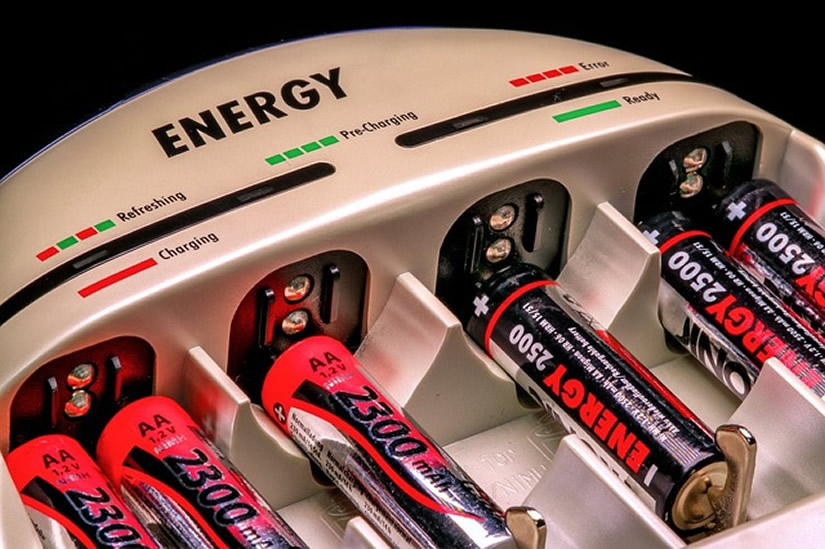By Orbex
Crude prices have been moving higher this week after snapping an initial move lower, following an unexpectedly hawkish tone from the Fed.
Even though the initial move in WTI was easily attributable to the strengthening of the dollar; since the start of the week, the dollar has been relatively flat. However, crude has continued to move higher.
One of the reasons for this is that investors are increasingly factoring in that OPEC will keep oil cuts in place at the next meeting.
Meanwhile, US retailers are stocking up ahead of the three-day weekend around July 4. The holiday weekend typically sees more travel. This is particularly true now with the lifting of covid restrictions.
Hence, we could expect to see a further build in gasoline inventories in tomorrow’s EIA report.
Where we are going
Moreover, there is a further consensus among analysts that EIA crude stocks will show a further decline in inventory. Generally, this is associated with a rise in crude prices, as the US increases its demand for imported fuel.
Although mobility trackers are now just 4% below pre-pandemic levels, there is an expectation of a seasonal increase in demand over the coming months. Additionally, airlines are reporting increasing load factors and are looking to acquire more refined fuel.
On the other hand, higher natural gas prices are pushing US power plants to use more coal. This is particularly relevant given the recent spike in temperatures across the southwest. Near-record temperatures have demanded more electricity for air conditioning.
An unusually large number of thermoelectric plants are offline in Texas, due to maintenance after the harsh weather in winter. This increases demand for peaking power, supplied by diesel and natural gas generators.
Upcoming risk events
Moving forward from these, the focus is now shifting towards the July OPEC meeting.
The latest report showed the production cut compliance was 115%. This suggests that OPEC members are not all that interested in fighting over market share.
Moreover, OPEC is reportedly expecting that the US crude production will not rise significantly in the coming years.
An additional factor to this belief is the latest delay in reaching an agreement on resuming the Iran nuclear deal. The deal is not expected to be announced at least until after the next OPEC meeting.
Experts anticipate that Iran joining the market would offset some of the strength of the Saudi-Russia axis within OPEC, which appears to be happy with higher crude prices.
Getting things in order
While the US is pushing to sign a deal before the inauguration of the new Iranian president, the “lame duck” administration in Iran might find it more convenient to wait until after.
The new administration’s more hardline attitude could have political implications for the US, including further negotiations to reach a deal.
That said, Ebrahim Raisi will be sworn in as the new Iranian president on August 3rd. Meanwhile, negotiators in Vienna are hopeful that a deal can be reached “in the next couple of weeks”.
By Orbex
